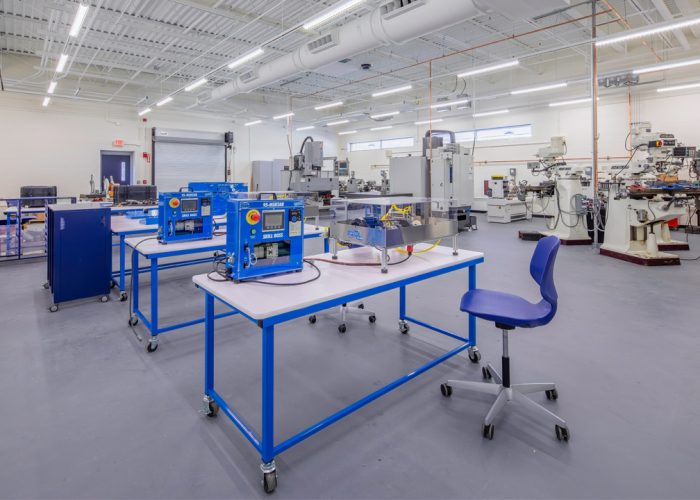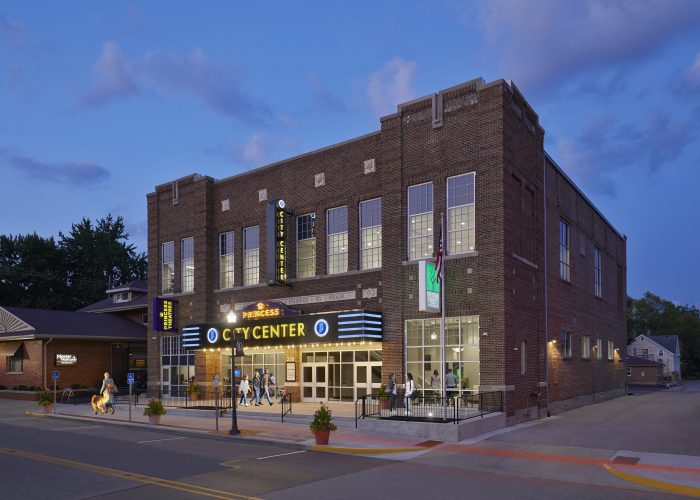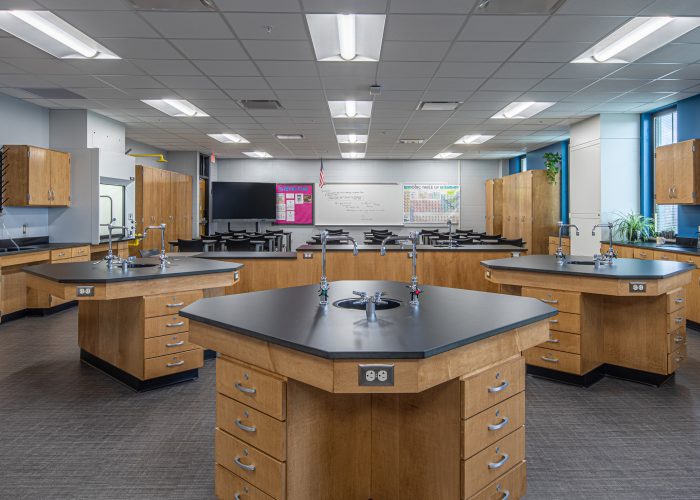Introduction
In the design and construction world, the project delivery method can profoundly shape project outcomes. Design-build has emerged as an innovative yet misunderstood procurement method amid the array of options. This article aims to demystify promoted design-build myths, clarifying the truth of this team-centric construction approach.
Master Builder: Past and Present
Before delving into any misconceptions, let’s establish a historical context for design-build construction. While it may seem a novel procurement method, the concept of design-build dates to ancient times, when a master builder led the design and construction of the entire project. While some factors associated with design-build have evolved, the concept of a unified, single source of delivery has remained constant. The design-build delivery method has returned in popularity and is projected to account for up to 47% of non-residential construction spending by 2026. The design-build process emphasizes a transparent and collaborative approach. By creating key partnerships and using every team member’s experience and knowledge, innovative and high-quality projects are delivered within the prescribed timeframe while maintaining the assigned budget throughout the process. The Owner is a key stakeholder and is involved from concept to completion.
Design-Build Myth #1: Loss of Owner Control/Involvement Throughout the Process
Fact: Contrary to the belief that design-build limits owner involvement, it actually empowers owners to actively participate throughout their project. The architect doesn’t assume they have the best solution. Instead, intent listening helps to bring innovative solutions forward, and this is only possible with the owner in control. This ensures project goals are met and shaped by contributions. With the owner and design-builder on the same team, there is a natural path for collaborative work and ingenuity. Clear expectations, open communication, and key decision involvement throughout the project are proof of this promoted misperception.
Project Example: Wisconsin Heights School District faced a large undertaking of closing two elementary schools and consolidating into a one-campus district. With a defined budget and tight timelines, the district selected design-build due to the increased owner engagement to ensure the designs, budget, and schedule met its expectations. This $24M project went from approval of a Referendum to school opening in 20 months.
Design-Build Myth #2: Less Flexibility for Design Changes
Fact: Nothing could be further from the truth. Design-build allows for early trade partner design-assist and greater flexibility than any other procurement method. Unlike design-bid-build or construction management, designs don’t need to be finalized before construction begins. Parallel design, no bidding 30-day rules, and advance construction activities enable real-time adjustments, enhancing owner influence throughout the project. This agility results in real-time changes, a 13% faster completion than construction management at-risk and 36% faster than design-bid-build, promoting on-time and on-budget project delivery.
Project Example: Avon Community School Corporation is facing significant growth. As a result, they needed to increase the capacity of their high school building. Given the complexity and needs, the district pursued design-build to ensure process flexibility to accommodate student growth and programming while maintaining the tight constraints of the project schedule by delivering a multi-phased project. The flexibility of the design-build delivery process allowed construction to start on the early phases of this $100M project. At the same time, the design was being completed on the remainder of the building, allowing the district to meet its expansion needs within the specified time.
Design-Build Myth #3: Poor Design Quality
Fact: The speed of design-build doesn’t compromise quality. Continual collaboration and communication are prioritized throughout the process, ensuring an innovative and high-quality design. With licensed architects and designers on the same team, integrated project leaders guide planning and designs from inception to construction. Rigorous quality control processes led by DBIA-certified practitioners maintain elevated design standards.
Performance Services employs a talented team of credentialed planners, architects and designers who are experts in designing schools and public buildings. Because we have an in-house design and pre-construction department, we are a one-stop shop. Learn more about our talented, in-house design team or check out some of their recent work.
Project Example: Using design-build delivery, Tipton County ensured their new Sheriff’s Office and Corrections Center would represent the latest in correctional facility solutions. By utilizing key specialty partnerships throughout the process, this facility design exceeded the county’s expectations.
Design-Build Myth #4: Higher Costs
Fact: Design-build’s cost-effectiveness is rooted in a design-to-target budget approach, minimizing cost overruns through the design process. Compared to construction management at risk, design-build exhibits 2.4% less cost growth and 3.8% less compared to design-bid-build. A flexible and transparent bidding process, along with early collaboration between designers and constructors, ensures known project costs, limiting change orders to Owner-requested scope changes.
Performance Services takes commitment to budget seriously. Public owners have a fiduciary duty to their communities to be good stewards of taxpayer dollars. That’s why we design-to-budget and continually innovate to create a best-value project that exceeds client demands. We believe in transparency and guarantee no change orders within the agreed scope based on final bids and pricing. We don’t eliminate change orders by building in large amounts of design contingency or general conditions. We ensure we know a project in thorough detail before we quote. That means measuring twice and cutting once. This offers our clients peace of mind that their project will be delivered with real budget control.
Project Example: The City of Rushville had previously unsuccessfully tried to renovate a downtown historic building into a new City Center using the traditional design-bid-build method. Switching to design-build allowed them to complete the project within their tight budget constraints, ahead of schedule, while utilizing key local trade partners.
Design-Build Myth #5: Only for Large Projects
Fact: Design-build’s integrated nature benefits projects of all sizes and complexities. While effective for complex renovations, it simplifies decision-making and communications for smaller projects. A single point of contact enhances accountability, reducing risks and complexities associated with managing multiple contracts.
Over the past 25 years, we’ve worked with projects ranging from $1 million to $100+ million, and the outcome has always been the same: A best-value project delivered with excellent client experience.
Project Example: Northwestern School Corporation had previously partnered with Performance Services on four energy savings projects and chose to select them for the design-build delivery method because of their confidence that the same level of quality, transparency with open-book pricing and no-change order guarantee would apply to their small athletics focused project.
Design-Build Myth #6: Lack of Transparency
Fact: The opposite is true! Design-build fosters transparency through open communication, owner involvement, and clearly defined roles. Unlike siloed traditional methods, design-build creates an accountable project environment. The involvement of owners and streamlined communication ensures transparency and benefits all stakeholders.
Project Example: Warsaw Community Schools achieved all their project goals utilizing design-build. The superintendent attributed the project’s success to the process, which allowed the team to be heavily involved and make the necessary modifications to meet their needs without additional cost to the project.
Conclusion
Design-build construction stands as a proven and efficient approach, adaptable to projects of varying size, complexity, and budget. This collaborative methodology, with its focus on transparency and cost-effectiveness, continues to gain momentum with education and municipal markets. By dispelling myths, this article aims to showcase how design-build can offer a faster, more transparent, and cost-effective solution for building projects. For your next project endeavor, consider design-build and the positive impact it can have on your community.
Still not convinced? Check out the 10 Reasons Why Design-Build Construction Works for Education and Municipal Projects.
Ready to start building with us?
Our integrated and in-house team of planners, architects, engineers, and construction management professionals is ready to help with your next project. Contact us today to ensure your next new construction or renovation project exceeds your expectations.





